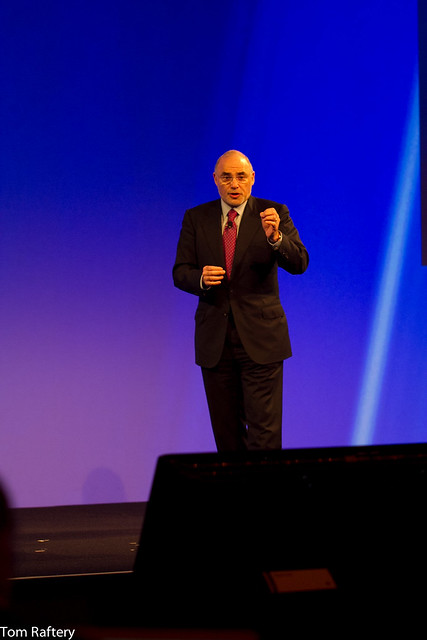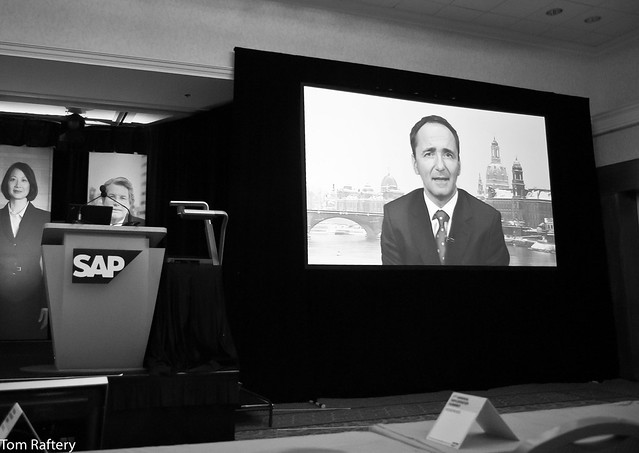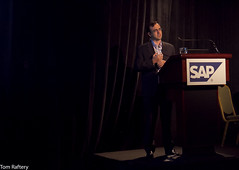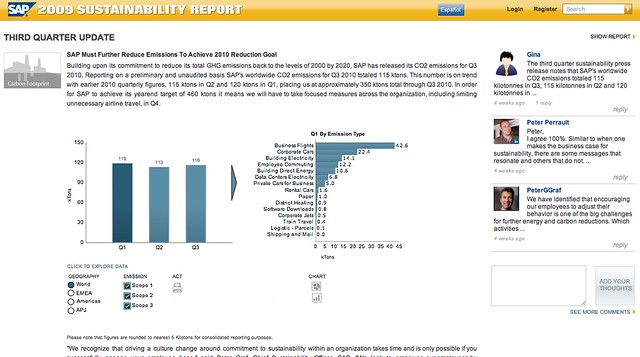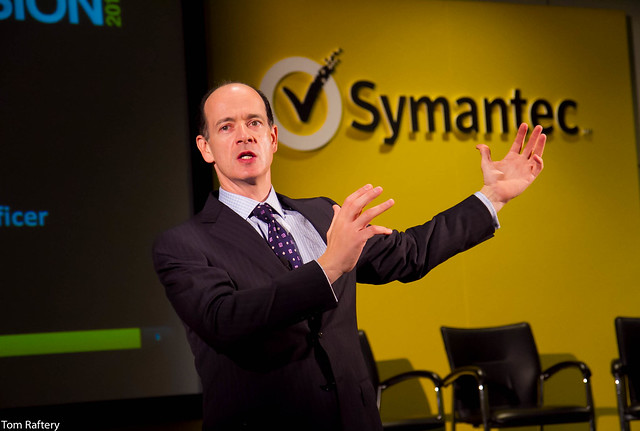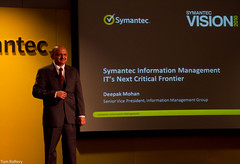
I attended SAP’s SapphireNow conference this week. At previous Sapphire conferences SAP went strong on Sustainability – having guest speakers like Al Gore and Richard Branson and also having both Co-CEO’s address the topic strongly in their talks. This year however, they went a different route.
This year the main themes discussed by guests and Co-CEO’s were mobility and in-memory computing with sustainability merely referenced a couple of times in passing. On the other hand, a search of the online agenda shows that there were 60 sessions at the event which were Sustainability themed. What’s more, as SAP’S VP Marketing for Sustainability Solutions Marty Etzel pointed out to me, 80% of those sessions were customer or partner led.
I think it shows a certain maturity and confidence by SAP that they are willing to step back from the previous top-down approach to Sustainability that they have espoused and to allow their customers and partners to bottom-up tell the story on their behalf. It is always a far more convincing story when it is your partners and customers are talking up your solutions.
Due to meetings, I couldn’t get to as many of the sessions as I wanted to but fortunately many of them were recorded for replay on the SapphireNow so I’ll be able to catch up with them over the coming days.
It is a gutsy move by SAP to let their customers tell their Sustainability story – but it is one which is vital for the credibility of their solutions.
Disclosure – SAP paid my travel and expenses to attend this event
You should follow me on Twitter here
Photo credit Tom Raftery

